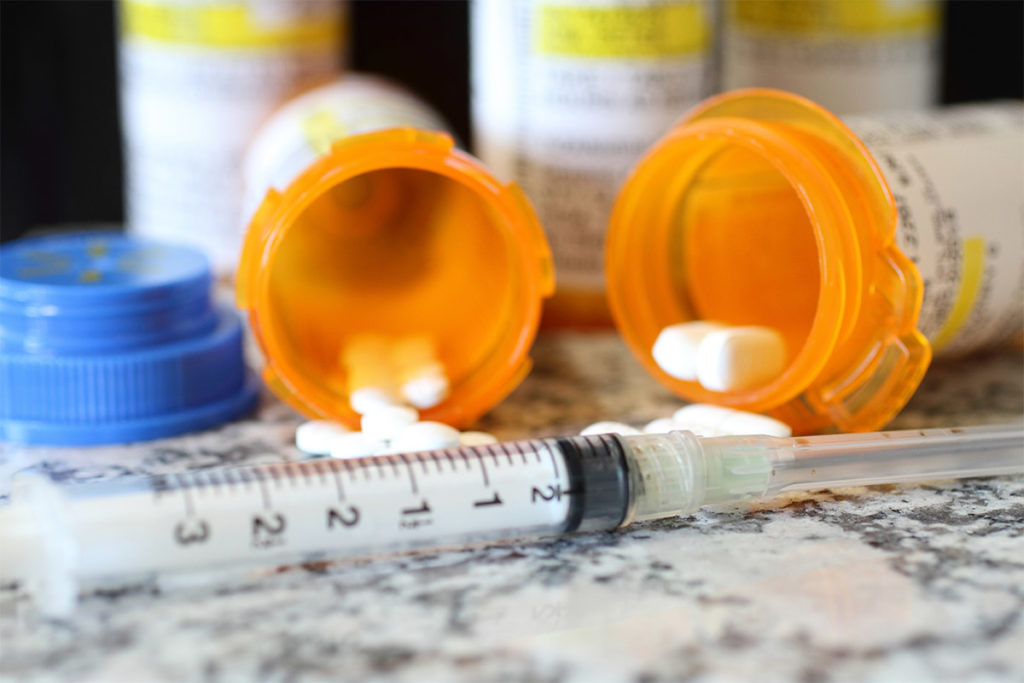What is the difference between opiate and opioid? The simple explanation for what the difference is that one is derived directly from opium, while the other is synthetic. The opioid epidemic has led to a record-breaking number of fatal overdoses and a heightened concentration on how to treat these addictions. Overall, 2.1 million Americans suffered from an opiate or opioid abuse disorder in 2017, which equates to just under 1% of Americans. To make matters worse, two-thirds of all fatal overdoses in 2016 were caused by these drugs. Opiates and opioids include both prescription medications, like Vicodin, and illicit drugs, like heroin.
The Difference Between Opiate and Opioid
So, what is the difference between the two drugs? An opiate is directly derived from opium, with some of the most common opiates including:
- Heroin
- Morphine
- Codeine
- Opium
Opioids are synthetic or partially synthetic but still produce nearly identical effects as opiates. Examples of opioids include:
- Fentanyl
- Oxycodone
- OxyContin
- Percocet
- Demerol
These central nervous system depressants cause your brain to release a rush of dopamine. Also, both carry the risk of causing a physical and/or psychological dependency. Another major difference between the two is that most opiates are illicit narcotics, while most opioids are prescription medications. Having an opiate or opioid addiction can cause your life to become chaotic and unmanageable. Since these drug addictions cause you to build a tolerance, you constantly have to do more and more to experience intoxication. This process can put you at significant risk of overdosing or transitioning to a more dangerous substance. Many times, prescription abuse becomes so costly that users transition to heroin.
Opiate and Opioid Addiction
Regardless of whether you struggle with an opiate or opioid addiction, treatment is an essential part of recovery. Since both opiates and opioids cause physical addictions, you can deal with withdrawal symptoms for several days after your last use. The severity and length of your symptoms depend on your substance of choice and how long you’ve been using it. Treatment centers offer detox programs that can limit your symptoms. Inpatient and outpatient programs focus on helping you learn how to identify and change negative thoughts, feelings, and emotions. One major part of treatment is understanding how to recognize your triggers and learn how to implement healthy coping mechanisms. Triggers, which are people, places, or things that remind you of your substance of choice, can intensify cravings and lead to a relapse. During treatment, you will learn how to avoid certain triggers entirely. Another benefit of opiate and opioid addiction treatment is that you can include your family and loved ones in your treatment plan.
Treating Drug Abuse Disorder
If you are struggling with an addiction, you may wonder if there is a difference between opiate and opioid. While these drugs are slightly different, developing a dependency on either requires treatment. If you are ready to take the first step in your recovery and reach out for help, call us today at 844.875.5609.

